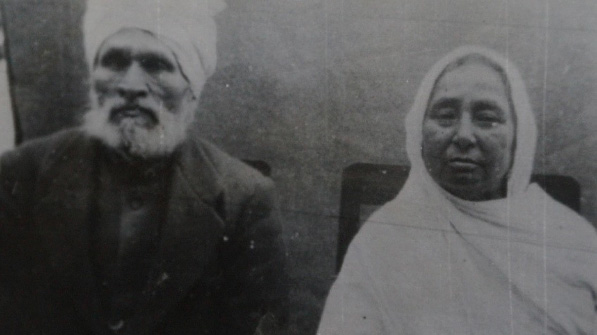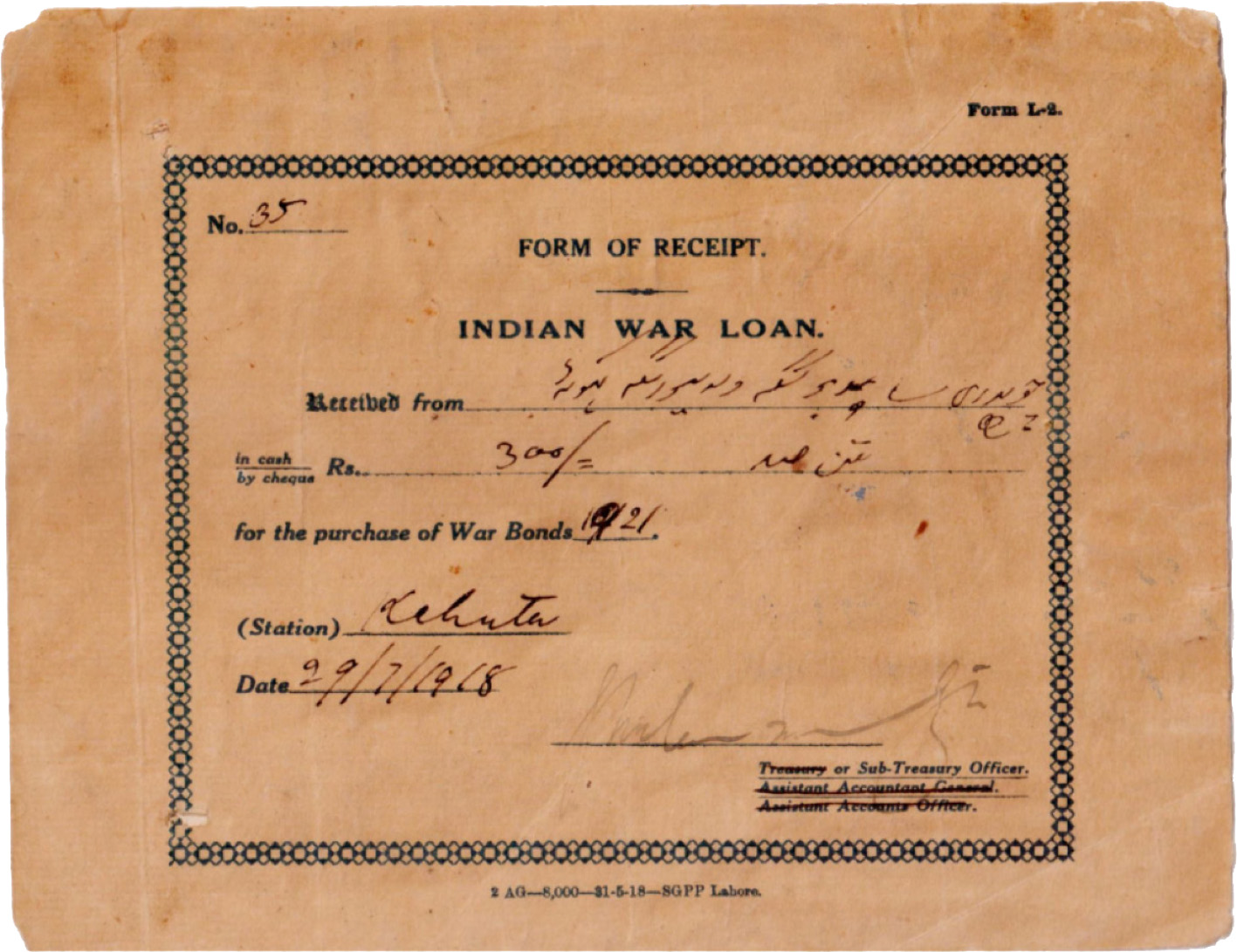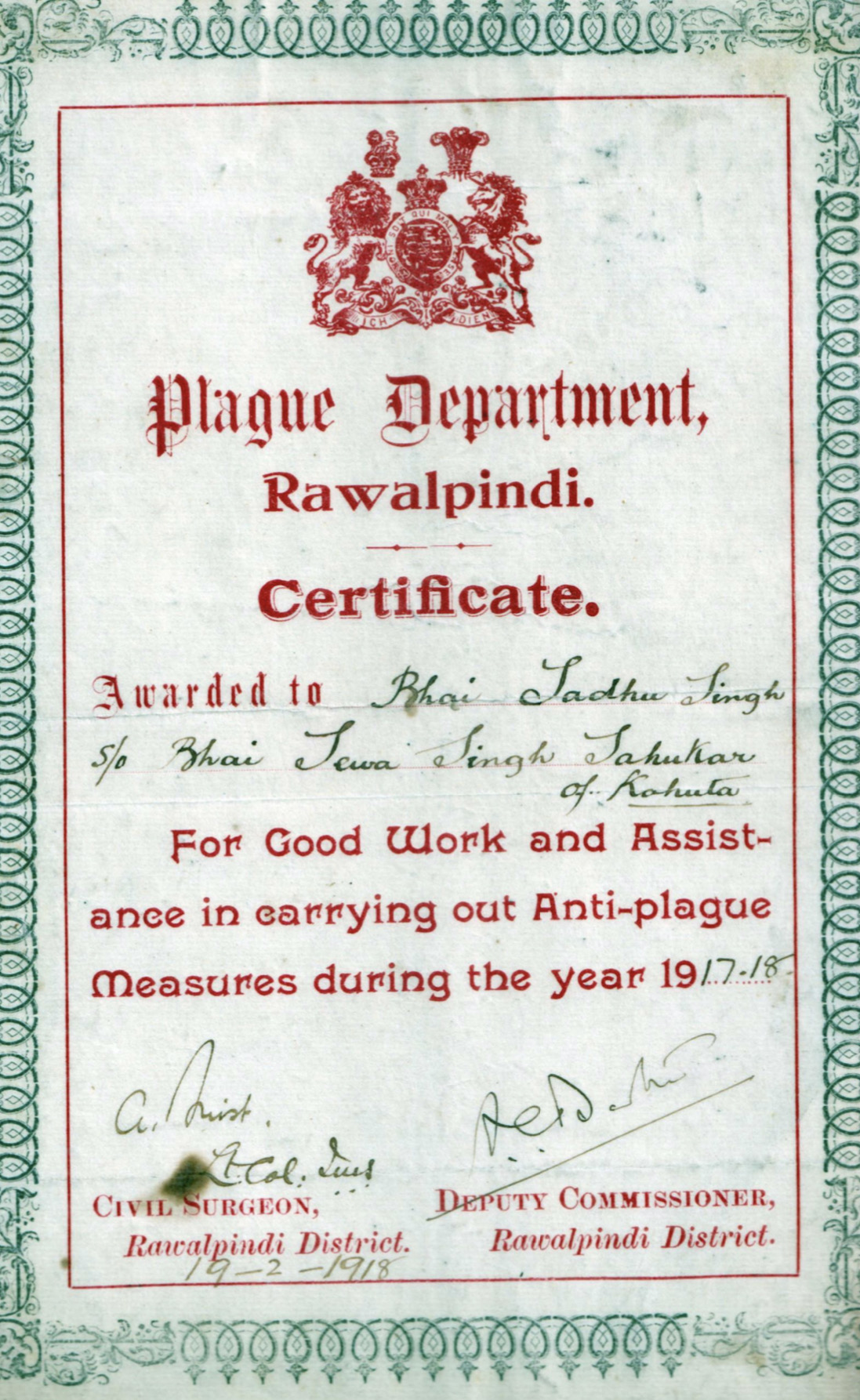LIFE IN EARLY 20TH
CENTURY POTHOHAR
ਚੰਗੀ ਹੋਵੈ ਤਾਂ ਮੇਰੀ ਮਾੜੀ ਹੋਵੈ ਤਾਂ ਗੁਰੂ ਨੀ
If it works well done to me otherwise it’s God’s Will.
Life for women in early twentieth century Pothohari villages centred around the home and family. A lack of running water, supermarkets, and ready-made chappati flour made daily life hard. They would start their day by milking cows, and the milk was then used to make butter and yoghurt. Water had to be fetched from wells or the river, and carrying it would be back-breaking work. To feed their families, flour and spices were ground by hand, and pickles were made with vegetables grown nearby.
Although this was hard work, Pothohari women were also busy making beautiful Phulkari using real flowers, cotton and sometimes silk. The thread was manually spun in their homes, before being naturally dyed and intricately embroidered with geometric patterns. The Phulkaris were individually made, passed between generations and worn on special occasions and family celebrations.





Men would often provide for their families by working in the fields surrounding the villages, and women would bring them lunch at midday where they worked. Some men worked as traders and travelled long distances from East Africa to Iran. Certificates issued in the earlier parts of the twentieth century show that many men were prominent in leading their communities and assisting their neighbours in many ways. At the outbreak of the First World War, the Pothohari people supported the war in many ways. Some signed up to fight as soldiers, whilst others also made financial contributions through the War Loan system designed for British subjects to purchase government bonds.
